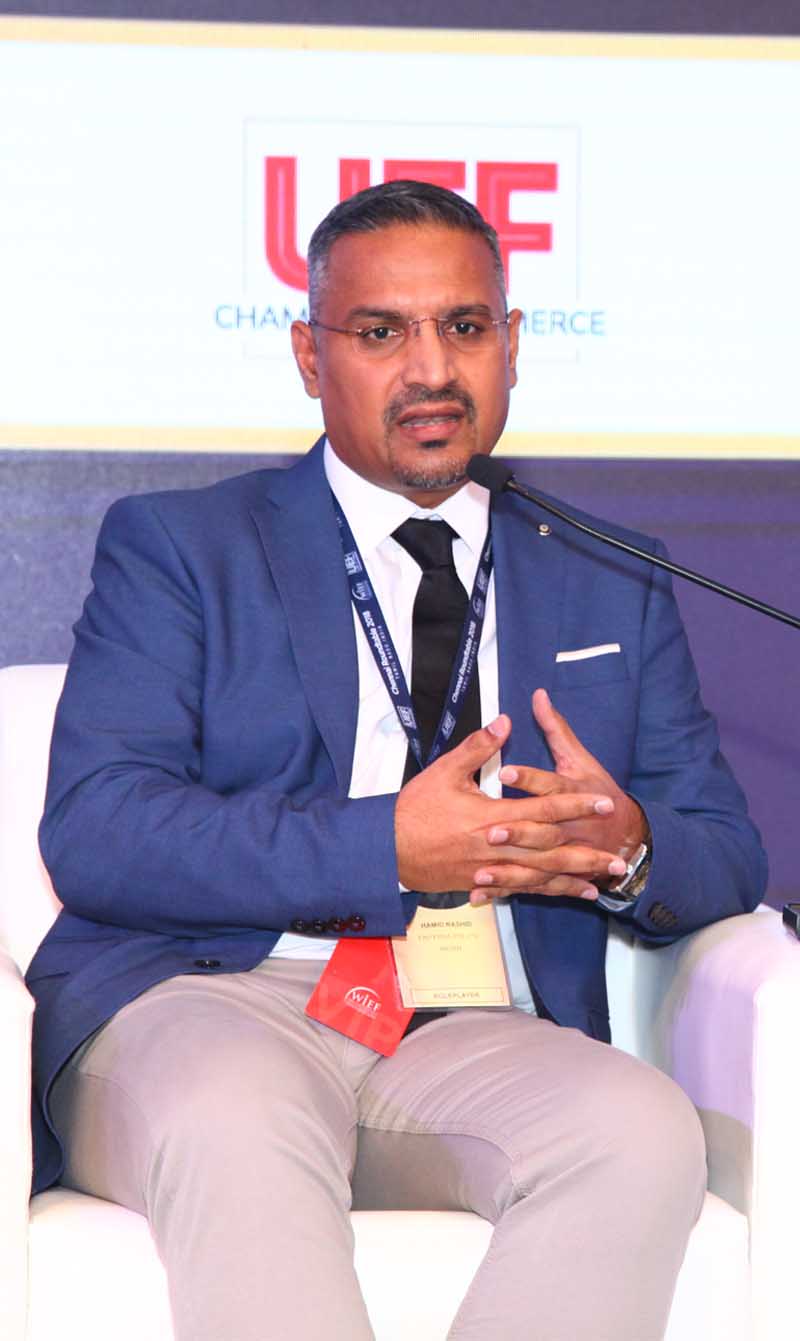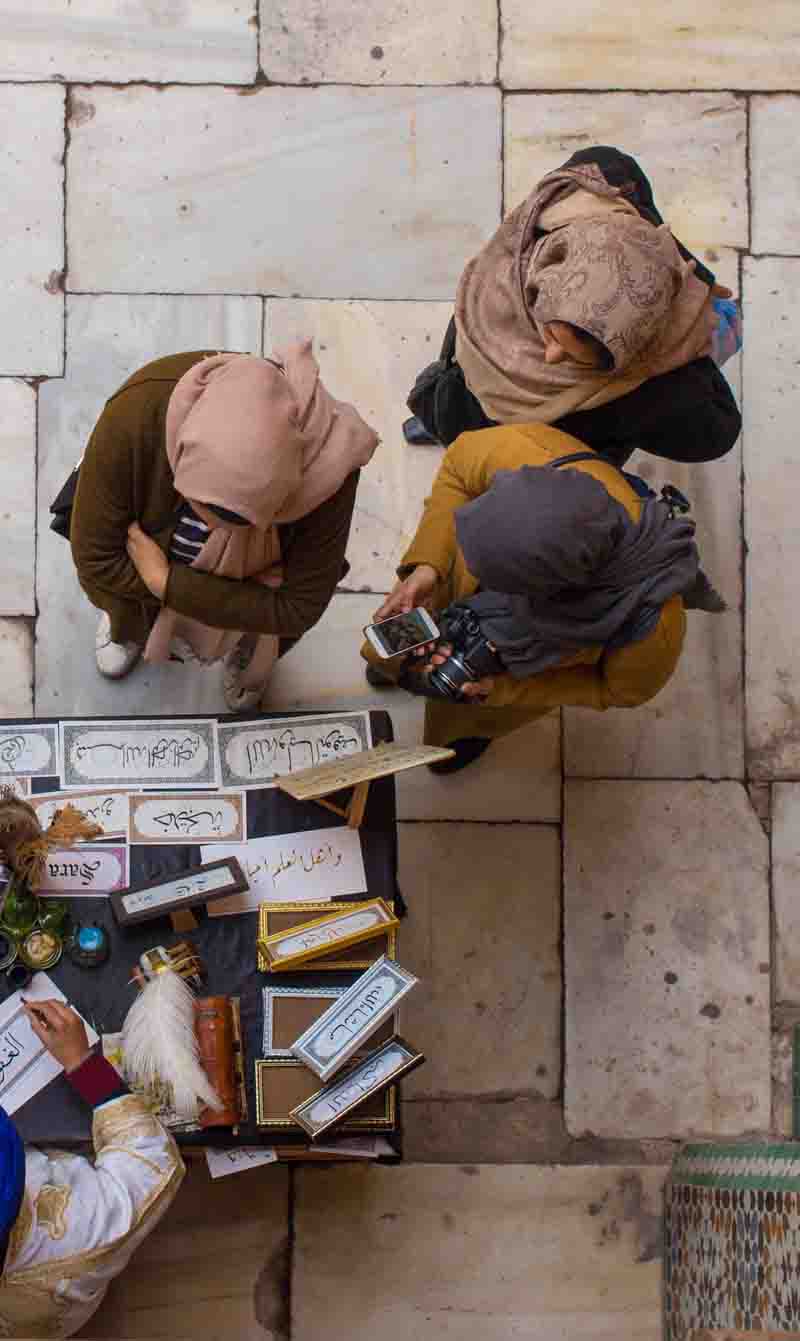Mobilising capital from waqf, pension funds and unit trusts
Successful management of financial instruments such as waqf, pension funds and unit trusts have been pivotal in eradicating poverty and improving the wellbeing of people around the globe. However, the Islamic world lags in terms of the development of such instruments. How much potential do these instruments have and how can we maximise their use?
During a session at the 10th WIEF in Dubai, speakers from Malaysia, Singapore, Saudi Arabia and the United States put forward their perspectives and ideas. The session was moderated by Professor Talal Yassine OAM, managing director, Crescent Wealth, Commonwealth of Australia.
A success model for pension funds
Of the seven billion people of the world, Professor Talal said, 23 per cent were Muslim and yet Muslims contributed only one per cent of global pension funds. Of the 300 pension funds in the world, only three were from countries within the Organisation of Islamic Cooperation (OIC). As such, the Muslim world was far behind the global standard and it was necessary to create a system and infrastructure to provide for the retirement of Muslims so that they might enjoy their sunset years with dignity and honour. He pointed out that in Australia, two per cent of GDP was derived from pension schemes and funds, which was a significant economic contribution that OIC countries could seek to emulate.
Datuk Shahril Ridza Ridzuan, CEO of the Employees Provident Fund (EPF), Malaysia, then spoke about the nature of his organisation and its future direction. The EPF was a defined contribution scheme where workers and employers contributed towards the retirement fund on a monthly basis. ‘We today represent 14 million workers in Malaysia…we have a total fund size of about USD200 billion,’ Shahril said. The EPF focused mainly on providing inflation-adjusted returns. The Fund has generally been able to meet its dividend targets with a few exceptions, the most recent of which was the 2008 global financial crisis. According to Shahril, the EPF was currently the seventh-largest pension fund in the world and probably the largest in the OIC.
About 23 per cent of the EPF’s assets were held abroad and consisted primarily of equity, real estate and infrastructure investments. The EPF has also invested in shariah assets over a long period and recently decided to make this a major focus due to increasing demand (half of EPF contributors are Muslim). Shahril noted that the EPF considered itself an ethical investor even when it came to conventional investments, avoiding industries such as gaming, weapons manufacturing and alcohol.
There were also plans to evolve the Fund into full shariah compliance, he said, adding that shariah assets currently made up about 40 per cent of the Fund’s total assets. As it stands, the EPF’s shariah-compliant assets constitute 40 per cent of all shariah-compliant assets in Malaysia’s banking system.
Shahril said that the EPF was growing at a rate of 10 per cent per annum, driven by a combination of new contributions as well as profits from the Fund’s investments, and that the EPF was on track towards achieving USD350 billion in worth by 2022.
It was also looking to play a more global role and hoped to expand its global asset base by 30 per cent in the coming years. The Fund was also seeking to increase its shariah-compliant assets to 50 per cent over same period and planned to introduce a fully shariah-compliant retirement fund.
Shahril later remarked that he hoped more countries would be looking at setting up their own schemes. Institutions that introduced collective saving schemes such as the EPF were fairly lacking in the Islamic world, and their implementation would help the Islamic community.
Going global with Islamic mutual funds
Thomas Polson, CEO of US-based Falah Capital, noted that although the sukuk market had developed into a sophisticated global industry, the same could not be said for Islamic mutual funds.
Based on his experience in Saudi Arabia, he observed that Islamic mutual funds tended to be saddled with high fees, low transparency and low performance. Lower management fees could allow Islamic mutual funds to progress not only from a performance standpoint but also in terms of pricing.
Furthermore, Islamic mutual funds tended to be found in closed domestic markets, making them difficult to trade them unless investors were physically located in the countries concerned. In GCC countries particularly, most Islamic funds tended to be locally-based. A solution may take the form of a New York-listed exchange-traded fund (ETF) that provided global tradability and a much wider investor base. An Islamic ETF, as such, could have a good chance of achieving high performance, low fees and high transparency. The index play, as Thomas called it, could be the long-term money that investors might use for their families or their endowments. ‘There are Islamic asset managements all over the world that are looking for growth, that are looking for tradability,’ Thomas added. ‘There is really no barrier [from] just starting this in New York.’
An ETF, Thomas explained, was essentially any mutual fund, but from a shariah perspective they were amazing products. Investors could use the internet to see every stock in their fund, making it easy to check if a stock was shariah-compliant. This was much quicker and more accessible than a quarterly or annual review. Furthermore, when listed on a global exchange, the ETF would be tradable worldwide. ‘When most of the funds are in places that only allow for a local investor to buy them, it really holds you back in terms of global growth,’ Thomas also noted that ETFs were extremely liquid, and that it was possible to invest a large sum of money on one day, and sell it all on the next.
Concerning doubts about how a New York-based investment could serve the Islamic community, Thomas clarified that the point of having a New York ETF was to provide an Islamic instrument global tradability and credibility. Institutional investors were looking for investments that were highly transparent, liquid and regulated, which often involved working with foreign managers. This was not to say that a New York-listed ETF would be a US-only product—rather its infrastructure just happened to be located in the US. Thomas also observed that there were Islamic asset managers all over the world who were looking for growth and tradability, and that there was really no barrier to engaging them. Doing so, he said, would benefit the industry as a whole.
Waqf: a sleeping giant and how to wake it
Abdullah M. AlFouzan, chairman of The Investor for Securities Company, Saudi Arabia, said there were three types of endowment: the family waqf, the charitable waqf and the mixed waqf. These covered many areas—including religious, social, economic and cultural concerns—and their application included mosques and related facilities, educational institutions, and healthcare and sponsorship for the weak or poor. In the GCC region, these endowments were managed by large organisations such as the Islamic Development Bank in Saudi Arabia. The estimated size of endowment assets in the Islamic world was in excess of USD1 trillion, with USD150 billion found in Saudi Arabia alone.
On a global level, he said, one of the best examples of the private waqf practice was the Bill & Melinda Gates Foundation. Some of the oldest and largest endowments were found in the US and were mostly focused on education and healthcare, and the biggest endowment ever recorded in the US was that of Harvard University, valued at over USD25 billion. Globally, the rate of return on these endowments ranged between 10 per cent and 20 per cent per annum.
‘Our waqf [however], is a sleeping giant,’ Abdullah said, explaining that the state of endowments in the Islamic world suffered from neglect in all aspects of the industry. Mismanagement was a key reason that development and revenue were falling in recent years and, in the Saudi market alone, 54 per cent of property-based endowments generated no income. Waking up this sleeping giant could help fight poverty and hunger, Abdullah said, and could become a significant factor in developing the Islamic World.
Part of the problem was that government-managed endowments were regulated too strictly. Abdullah believed that successfully managing endowments required thinking as one would in the private sector— but he noted that the absence of studies and statistics made it difficult to examine the issue in detail. Even with these difficulties, however, Abdullah was confident that there was a great deal of investment opportunity in the sector and that the endowment market had the potential to produce sizable returns.
Dr Shamsiah Abdul Karim, deputy director of Asset Development, Islamic Religious Council of Singapore (MUIS), spoke about her experience in mobilising waqf assets in Singapore and how MUIS has tried to develop them as much as possible. Many MUIS assets were property-based, Dr Shamsiah said, and as the Council was generally cash-poor it has transformed these assets using creative financing structures to provide better yields.
Most of Singapore’s 70 mosques were built through monthly contributions from Muslims in the form of cash waqf. However, Dr Shamsiah noted that there were also modern property developments financed through waqf, such as the Somerset Bencoolen project. MUIS has transformed the dilapidated commercial properties into an upscale commercial and residential development, and this has been made possible through sukuk musharakah.
Although several limitations applied to waqf (such as restrictions on sale), Dr Shamsiah believed that there was a general misconception that these assets did not have the potential to provide good returns.
Moving forward, MUIS intends not just to develop assets but to encourage new waqf endowments by promoting the spirit of philanthropy. MUIS also has about USD7 million invested in sukuk worldwide. ‘We should not forget the objective of waqf [which is] the benefit of the social community. So it is actually a vehicle for financing the Muslim community,’ Shamsiah added. Organisations such as MUIS should therefore work towards providing the best returns on investments.
Asked why any given waqf was frequently centred on property, Dr Shamsiah said: ‘Traditionally, when a person, a philanthropist— or waqif as we call it—wanted to endow an asset, it was usually in property.’ About 90 per cent
of waqf assets in Singapore consisted of property, but due to the Republic’s high property prices, MUIS was attempting to encourage more contributions in cash, which could be pooled and invested.
Conclusion
It was clear that in terms of Islamic mutual funds, waqf and pension funds, there was much potential that was currently untapped. Abdullah had highlighted some of the problems of low returns on investment in the Gulf States. However, Thomas had introduced his ideas on how Islamic mutual funds could become more globally relevant by investing in New York-based exchange-traded funds.
There were success stories to be found however, as Malaysia’s EPF had proven to be a continually- growing organisation. Creative methods of improving waqf yield had also been realised in Singapore. If these experiences can be applied to other Islamic nations, their communities stand to benefit greatly.
___________________
Photo Credit: pixpoetry





